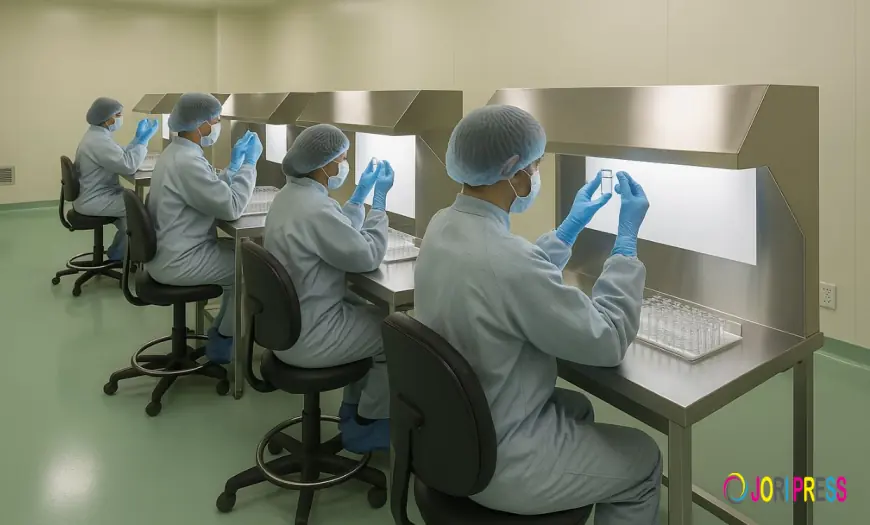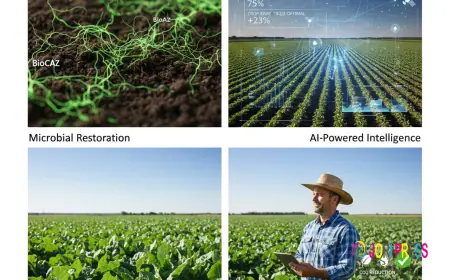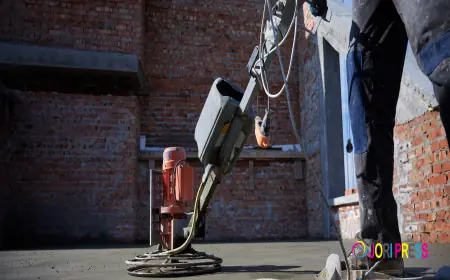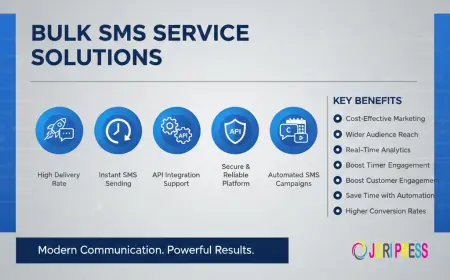Vial Defect Detection in the USA: Ensuring Quality Through Visual Inspection Standards
In the pharmaceutical and manufacturing industries, ensuring the quality and safety of products is paramount. One critical aspect of this process is vial defect detection. In the USA, strict visual inspection standards are in place to ensure that vials meet safety and quality requirements.

In the pharmaceutical and manufacturing industries, ensuring the quality and safety of products is paramount. One critical aspect of this process is vial defect detection. In the USA, strict visual inspection standards are in place to ensure that vials meet safety and quality requirements. This article will explore common vial defects detected, key visual inspection standards, and the role of companies like FTI Incorporation in maintaining these standards.
Understanding Vial Defect Detection
Vial defect detection refers to the process of identifying flaws or imperfections in vials used to store pharmaceuticals, vaccines, and other sensitive products. These defects can compromise the integrity of the product and pose risks to patients. Therefore, effective detection methods are essential.
Common Vial Defects Detected
Several common defects can occur in vials during manufacturing. Understanding these defects is crucial for ensuring quality control. Here are some of the most frequently detected vial defects:
- Cracks:
- Cracks can develop in vials due to improper handling, thermal stress, or manufacturing defects. Even small cracks can lead to contamination or leakage, making them a significant concern.
- Chips:
- Chips are small pieces that may break off the vial's rim or body. They can occur during the manufacturing process or while handling the vials. Chips can compromise the seal and lead to contamination.
- Cloudiness:
- Cloudiness in glass vials can indicate impurities in the glass or reactions with the stored product. This defect can affect the product's efficacy and safety.
- Bubbles:
- Air bubbles trapped in the glass during manufacturing can weaken the vial's structure. Bubbles can also affect the volume of the product contained within.
- Labeling Issues:
- Incorrect or poorly applied labels can lead to confusion and misidentification of products. This defect can have serious implications for patient safety.
- Seal Integrity:
- The seal on a vial must be intact to prevent contamination. Defects in the sealing process can lead to leaks or exposure to environmental factors.
The Importance of Vial Defect Detection in the USA
In the USA, the pharmaceutical industry is heavily regulated by organizations like the Food and Drug Administration (FDA). Ensuring that vials are free from defects is critical for compliance with these regulations. Companies like FTI Incorporation specialize in providing advanced solutions for vial defect detection, helping manufacturers maintain high-quality standards.
Visual Inspection Standards
Visual inspection is a critical component of quality control in vial manufacturing. It involves examining vials for defects using the naked eye or with the aid of magnifying devices. The following are key visual inspection standards and guidelines that manufacturers must adhere to:
- FDA Guidelines:
- The FDA has established guidelines for visual inspection during the manufacturing process. These guidelines outline acceptable levels of defects and the procedures for conducting inspections.
- ISO Standards:
- The International Organization for Standardization (ISO) provides specific standards for the visual inspection of pharmaceutical packaging. ISO 15378, for instance, focuses on the quality management systems for primary packaging materials.
- Aseptic Processing Standards:
- Aseptic processing requires strict adherence to cleanliness and contamination prevention. Visual inspections must ensure that vials are free from defects that could compromise sterility.
- Good Manufacturing Practices (GMP):
- GMP guidelines emphasize the importance of quality control throughout the manufacturing process. Visual inspections play a key role in adhering to these practices.
- Training and Competency:
- Inspectors must be adequately trained to identify defects accurately. Companies should implement training programs to ensure that personnel understand visual inspection standards and can recognize common vial defects.
- Documentation and Record-Keeping:
- Maintaining thorough records of inspections is essential. This documentation helps track defects over time and ensures compliance with regulatory standards.
FTI Incorporation’s Role in Vial Defect Detection
FTI Incorporation is committed to enhancing quality control in the vial manufacturing process. They offer a range of inspection solutions that align with both FDA and ISO standards. Their advanced technologies enable manufacturers to detect vial defects efficiently and accurately, ensuring that only high-quality products reach the market.
FTI Incorporation provides training and resources for companies to implement effective visual inspection processes. By adhering to established standards, manufacturers can minimize the risk of defects and enhance product safety.
Conclusion
In conclusion, vial defect detection is a critical aspect of quality control in the pharmaceutical industry in the USA. Understanding common vial defects is essential for manufacturers to ensure product safety and compliance with regulatory standards. Adhering to visual inspection standards helps maintain the integrity of vials and the products they contain.
Companies like FTI Incorporation play a vital role in providing the necessary tools and training for effective vial defect detection. By implementing rigorous inspection processes, manufacturers can safeguard public health and maintain trust in their products. As the industry continues to evolve, staying up-to-date with inspection standards and technologies will be crucial for ensuring the highest quality in vial production.
Contact Us
+91-8200487148
+91-9638344845
+91-9654428259
+91-8888860585
[email protected], [email protected]
Office Address
Head office: Forensic Technological Innovation, Incubated at National Forensic Sciences University, Sector 9, Gandhinagar Gujarat 382007, India.
Manufacturing Unit: Shukan Industrial Park, GIDC, Sector 26, Gandhinagar, Gujarat 382610
USA office: 58 Albert Ct, City: Randolph, State: New Jersey Zip code: 07869 USA
Europe office: Jisperveldstaart, 1024AT, Amsterdam
What's Your Reaction?
 Like
0
Like
0
 Dislike
0
Dislike
0
 Love
0
Love
0
 Funny
0
Funny
0
 Angry
0
Angry
0
 Sad
0
Sad
0
 Wow
0
Wow
0

















































